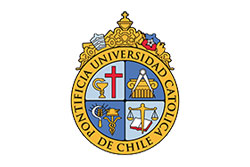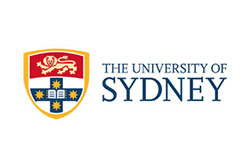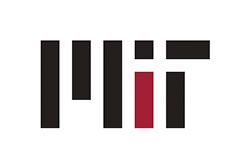Source: The Atlantic Cities

Bus Rapid Transit, or BRT, has been touted by its proponents as something close to a miracle for cash-strapped cities, capable of easing congestion and improving public transportation without breaking the bank. By separating buses from the irregularities of traffic and dramatically decreasing passenger load times, BRT can approach the same capacities and speed as costlier rail service. By filtering out the main components of delay—traffic and on-board payment—buses can travel faster, maintain reliable schedules, and potentially turn a profit.
In the 1970s, the city of Curitiba in Brazil demonstrated how dedicated lanes—the iconic pre-payment tubes came later—tapped the latent potential of buses to transport millions of people a day more affordably than rail. Instead of building subway-related infrastructure for $90 million per km (or $144 million per mile), local officials prioritized the new buses on existing streets for $200,000 per km (or $320,000 per mile). The costs savings are startling and worth restating: it was 99.8 percent cheaper to roll out BRT in Curitiba than build a subway.
Since then, BRT has been enthusiastically deployed in 147 cities spread over six continents. But as developing countries in Africa and Asia have pumped millions of dollars into new buses, reengineered streets, and stylish loading stations, the results have been disappointing in cities like Cape Town, New Delhi, and Bangkok. Local officials in these cities are finding considerable resistance from drivers and private transit operators, lower than projected ridership, and ballooning costs that threaten the long-term viability of their BRT programs.
Cape Town’s MyCiTi Integrated Rapid Transport system is a world-class BRT system in miniature (one that I was able to observe on a recent unrelated research trip funded by VREF). With only phase 1A operational, MyCiTi serves three trunk routes and additional feeder lines. On the trunk routes, passengers enjoy modern buses, striking pre-boarding payment depots that eliminate passenger bottlenecks, contactless card payment, clear signage, and journeys along newly engineered red lanes that ensure predictable travel speeds free from congestion in neighboring mixed traffic lanes during peak hours.
Newer and more advanced doesn’t always mean better. The innovations of BRT, namely lane separation and pre-payment, are strategies to avoid delays caused by traffic and high passenger loads. When those conditions don’t exist, BRT doesn’t guarantee improved travel speeds. Research from the University of Cape Town’s Centre for Transport Studies shows that the time required for MyCiTi buses to align with pre-boarding payment depots only saves time when approximately five or more passengers enter and exit. When passenger loads fall below five, which is the rule rather than the exception along the primary trunk route, MyCiTi buses idle longer at stops and operate slower than traditional buses.

When Curitiba introduced BRT to the world in the 1970s it only separated its buses from traffic. It wasn’t until the 1990s that it decided to add pre-boarding payment depots. As daily ridership increased from 50,000 to over 2,000,000, it made sense to reduce the time spent waiting for passengers to enter and pay as they boarded the buses one at a time. Cape Town doesn’t even have half the bus ridership Curitiba did in the 1970s. Daily ridership has risen from about 6,000 to 20,000 daily rides since MyCiTi’s launch, but there’s still a long way to go before pre-payment begins to yield meaningful travel time savings.
International consultants and local advocates built MyCiTi to an idealized standard that’s inappropriate for Cape Town. In trying to replicate Bogota’s TransMilenio BRT system, the South African government has contributed nearly $900 million to build and run MyCiTi through its Public Transport Infrastructure and Systems Grant program. Much of this money has been used for one-time capital expenses, such as the construction of ineffectual pre-payment depots and the reengineering of roads.
Cape Town feels the financial burden of MyCiTi. Since 2010, the city and federal governments have spent $20 million to operate MyCiTi, but generated only $4 million in revenues. MyCiTi’s inability to sustain itself financially has delayed needed network expansion and alienated private operators who are supposed to run and manage the system over the long-term.
The University of Cape Town’s Roger Behrens, Herrie Schaelkamp, and Pablo Salazar-Ferrero argue that the ongoing uncertainty surrounding MyCiTi threatens the city’s ability to negotiate with minibus-taxi owners—the proposed future operators of MyCiTi according to the original plan—which in turn hinders efforts to expand services as promised, build ridership, and reach public transportation-dependent users marooned in low-income, densely populated townships like Khayelitsha, which is 20 miles southeast of downtown and home to over 500,000 residents.
BRT has great potential to revolutionize the image and efficacy of public transport in the 21st century, but officials need to show greater sensitivity to city-specific context rather than chasing a technological ideal. What worked in Bogota is not working in Cape Town. Public transportation riders will be better served when their public servants continuously monitor, revisit, and tweak these new systems.
¿Comments? ¿Opinions? ¿Similar News? Send them to us!












